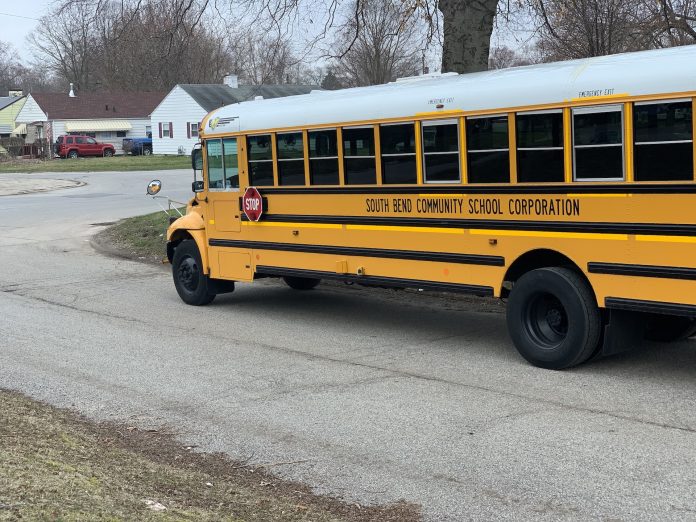It’s safe to say COVID-19 is the largest international disruptive force of the young 21st Century. Larger than the 9/11 attacks and the Great Recession of 2008. There are far too many examples today of society being forced to rethink and reimagine how it goes about daily life.
Rising unemployment, which as of this writing is at 22 million people, has wiped out a decade of job growth. The Washington Post last month reported that the U.S. has not seen this level of unemployment since the Great Depression. Talk about a 100-year storm.
We’ve never seen stimulus package at the magnitude of the $2.2 trillion (and climbing) Coronavirus Aid, Relief, and Economic Security (CARES) Act. One of its many provisions is to relax or eliminate federal requirements on taxing IRA and 401(k) account withdrawals for those directly impacted by the coronavirus. Americans have lost sizeable chunks of their retirement accounts, which only in the past several years fully recovered from the shellacking they took in 2008 and 2009.
The federal and individual borrowing against the CARES Act will result in a bill that we as a society may never payback, as the national debt and deficit is forecast to hit World War II proportions, reported Bloomberg News on April 13.
Meanwhile, education has been turned on its ear. Online distance learning has become the only way schools now teach our children. School buses no longer deliver students to school and home again, not to mention operating field, activity, sports and extracurricular trips. They deliver meals to hungry students and their families in communities all over the country. They deliver internet access via onboard Wi-Fi routers to students whose families can’t afford internet access to conduct online learning, or they live in an area with spotty service. Districts that don’t have Wi-Fi enabled school buses are instead delivering homework packets to students without internet.
Transportation leaders certainly have much to consider beyond simply when their school buses will once again be filled with students, rather than sandwiches and school supplies. The industry must prepare itself for the very real possibility that many parents of the estimated 26 million students who take the school bus to and from school each day will refuse to let them board, once school returns to “normal.”
Social distancing practices won’t suddenly end. Harvard University researchers suggested that the lack of a coronavirus vaccine should extend social distancing for another two years. One state calculated that keeping students 6 feet apart will reduce a 72-passenger school bus to only 14 student riders. How would that even work when transporting students with disabilities? School districts are talking about erecting plexiglass to separate the school bus driver from the students.
Are we talking school bus drivers wearing hazmat suits and the need to retrofit buses with ventilation systems? Are emergency procedures implemented to sanitize school buses the new norm? If so, at what cost? And shouldn’t procedures be standardized?
Student transporters are also arriving at the realization that how they train employees is changing. With schools closed and remote working implemented, some districts and bus companies have turned to online educational resources to continue to provide professional development to its employees and keep them refreshed on their skills. Distance learning is here to stay, in some shape or form, for our K-12 students as well as employees. I would think that school districts would certainly be interested in growing their online learning curriculum and capabilities, not only to take full advantage of the investments made but to also increase their total enrollment.
Before this pandemic hit, about 3 million students across the U.S. were homeschooled. That’s about 3.4 percent of all U.S. schoolchildren, according to the National Center for Education Statistics. The organization found that 91 percent of these homeschool their children because of concerns about the environment at school sites. What greater concern than a potentially killer virus lurking who knows where? And if homeschooling increases substantially, how does school busing evolve?
How do school bus operations survive amid this new normal, especially with so much operational and budgetary uncertainty in the nation’s 12,000 public school districts, where student transportation has always had to fight its way to the front of the funding trough?
The potential impacts are as expansive as they are expensive. Amid all the questions and few concrete answers, now is the time for a good-old-fashioned school bus resolve, creative thinking, decision-making and action. Last month, I suggested that the school bus industry has a chance to identify opportunities amid the evolving COVID-19 crisis. I was wrong. The industry has no choice but to embrace a new way of thinking and operating to create such opportunities. Anything else is too frightening to consider.
Editor’s Note: As reprinted from the May issue of School Transportation News.

















